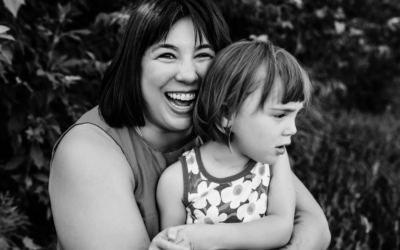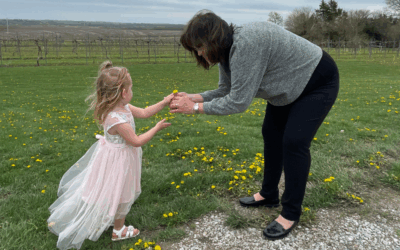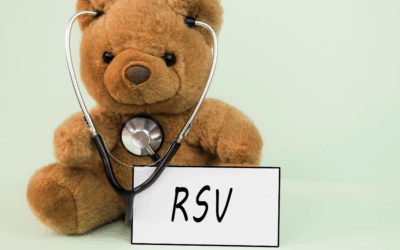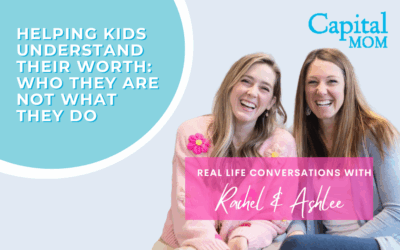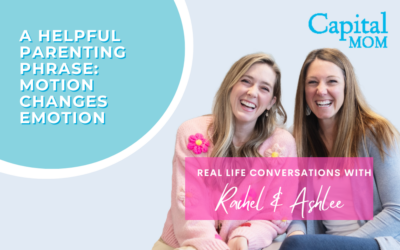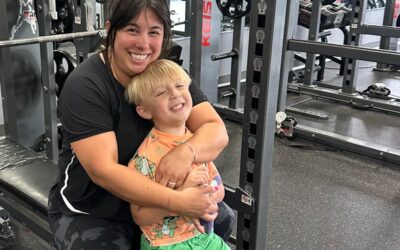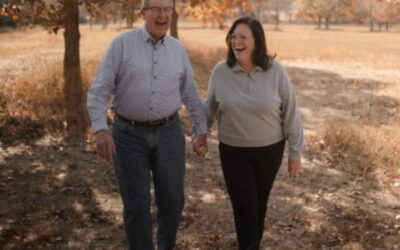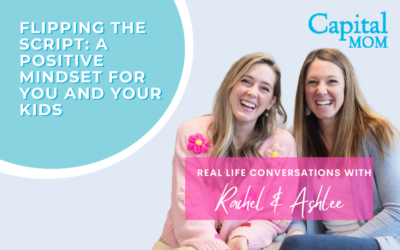I used to roll out of bed on January 1, head to the kitchen to start the coffee and stop in my tracks in front of the refrigerator. There it was, that big piece of paper clipped front and center. Bold, underlined words spelling out the changes I was going to make in...
Featured
Traditions Make the Magic
Welcome to Real Mom Moments with Rachel and Ashlee. More Real Mom Moments Raise Your Hand If... Skills of Independent Play Appreciating the Mess Your Attitude Matters Critical Mom Eye You Can Re-Do That Slowing Down Prepping Kids for What's Ahead "I'm Doing my Best...
Don’t Just Find Cancer – Prevent It
Did you know that there’s only one cancer you can prevent with a screening? It’s colon/colorectal cancer and the screening is a colonoscopy. The Power of Colonoscopy Screening Unlike many tests that only detect problems after they appear, a colonoscopy can find – and...
What Moms Really Want For Christmas This Year
Candles, slippers and robes are great but moms everywhere are quietly wishing for a few things that cannot be wrapped. Every December we are asked what we want for Christmas and every December we smile politely and say something practical like, “Oh, I don’t know,...
A Text That Made Me Pause: Why Thoughtful Words Still Matter
The other day I received a text from a friend. It read, “My last 24 hours have been the happiest and most fun I’ve had in a long time, thanks to you.” After reading it, I paused for a moment, reflecting on what we had done that made such an impression on my friend. We...
RSV: Know the Symptoms, Treatment and Ways to Prevent It
Every winter, we brace ourselves for the impact of cold and flu season. Clinics fill with children and infants with runny noses, coughs and congestion. Hospitals have children admitted for dehydration, vomiting or difficult breathing – among other problems. For some...
Permission to Not Love Every Moment of the Holidays
Matching pajamas. A perfectly set table. A gorgeous Christmas tree. Hot chocolate in holiday mugs. Smiling kids looking at the camera. Presents wrapped in coordinating paper. That’s the picture social media paints of the “perfect” holiday season. But behind every one...
Daily Life in Retirement: Finding Joy, Movement and Inspiration
I retired February 3, 2022, and left for a two-week trip on February 13. My family hosted a retirement reception for me on March 25. On March 26 I woke up and realized there were no more celebrations, this was my life now. It was up to me to create a new road map for...
Is Tylenol Safe During Pregnancy?
If you’re pregnant and have reached for Tylenol (commonly known as acetaminophen) to ease a headache or lower a fever, you’re not alone. More than half of pregnant women use acetaminophen at some point during pregnancy. My wife, the mother of our nine children, used...
Parenting Never Ends, It Just Changes
As with every family, challenges arise. Ours is no exception. Actually, the Beans family might hold the record! From birth through infancy, parents work to identify these challenges and find solutions. As our babies become toddlers, the expectations shift a bit. ...
AI is not the Magic Pill for Therapy
Artificial Intelligence (AI) appears to have been integrated into many aspects of everyday life. “Alexa” turning on your lights and music in your home and “Siri” making a telephone call for you or giving you driving directions are now common concepts for most...
Is It ADHD? How to Recognize Attention Deficit Hyperactivity Disorder in Your Child
Attention-deficit/hyperactivity disorder, also called ADHD, is a long-term condition that affects millions of children. It can continue into adulthood. ADHD includes a number of ongoing problems. These can include having a hard time paying attention, being hyperactive...
Helping Our Kids Understand Their Worth: Who They Are Not What They Do
Welcome to the CapitalMOM Real Life Conversation. Today, we're going to jump into a topic that has really been on both of our hearts, and it is making sure that our kids know that their worth is based on who they are and not what they do. So we'll jump into that just...
Safe Sleep Practices for Newborns
Welcoming a baby into the world is a happy and exciting time! One of the most important aspects of caring for a baby is ensuring safe sleep. Infants typically sleep 16 to 18 hours a day, which is essential for their growth, development and overall health. Safe sleep...
Moms Just Wanna Have Fun: Prioritizing Your Own Joy This Summer
The last day of school is on the horizon, and the kids are already buzzing with excitement for summer. As I brainstormed what to write about for May, a few obvious topics came to mind: summer activity bucket lists, spring cleaning and toy purging, summer survival...
A Helpful Parenting Phrase: Motion Changes Emotion
Welcome to the CapitalMOM Real Life Conversation. Today, we're going to talk about one phrase that actually helps in the moment. So, there are lots of phrases that we can hear sometimes - this one is motion changes emotion. We're going to do our little glimmers...
Heart Rates: What’s Normal, What’s Not
As a cardiac electrophysiologist, my specialty is treating heart rhythm concerns. This could be a heart rate that is too slow, too fast or irregular. Let’s learn more about what your heart rate means and when to be concerned. What Does Your Heart Rate Measure and Why...
Move More, Stress Less: Simple Ways to Add Movement Into Mom Life
Before I had my two littles, Max and Zoey, finding time to exercise was easy. Now? The struggle is real. Between laundry, dishes, snack requests and cleaning up endless messes, working out often takes a back seat. As moms, we naturally put our kids’ needs first – but...
Meet Ellen
Greetings to the CapitalMOM community! I’m Ellen Beans, your new Grandparent blogger. I’m following in fantastic footsteps … those of Nancy Becker. Nancy wrote this blog for 10 years and did a wonderful job of taking us with her through life experiences in retirement...
Flipping the Script: A Positive Mindset for You & Your Kids
Welcome to another CapitalMOM Real Life Conversation! Today, we're diving into the concept of flipping the script—changing the way we talk about situations with our kiddos and with ourselves. Rachel’s Competition Glimmer I'm going to start with a glimmer. My daughter...
What Is Vertigo and How Is It Treated?
Imagine a sudden feeling of spinning when you first get out of bed that makes you feel like you’re on a carnival merry-go-round that won’t stop. You feel clammy, nauseous and out of control.
Making Waves: The Benefits of Aquatic Therapy for All Ages
Do you have aches and pains? Want to move easier? Interested in ways to improve your child’s strength and balance? Whatever goal you may have for yourself, your child or a family member, there are different ways aquatic therapy can help. What is Aquatic Therapy?...
Use Our Symptom Checker
Whether it’s a rash, your child’s ear pain or your aching back, our symptom checker can help determine what to do. Just answer a few questions about your symptoms and receive recommendations for care.
Find a Doctor
Find the right provider for you. Search by specialty, view provider videos and even schedule an appointment online. Life’s busy, we make finding a provider fast and easy to fit your schedule.
Stay Informed for Your Health
You and your family are unique. At Bryan Health, we have a variety of classes, events, podcasts and more for all stages of life.
To stay in the know, subscribe to our monthly For Your Health email!
Tune in to…Bryan Health Podcasts
Our 10-minute podcasts provide practical, useful advice for a lifetime of good health.
And they’re easy to listen to while you’re on the go, at work or at home. Listen to or download a free podcast today!
Register for the Bryan Baby App
Access pregnancy, childbirth and newborn care resources anytime, anywhere.
The Bryan Baby App includes the tools and support you need at every stage of your pregnancy journey and beyond.





